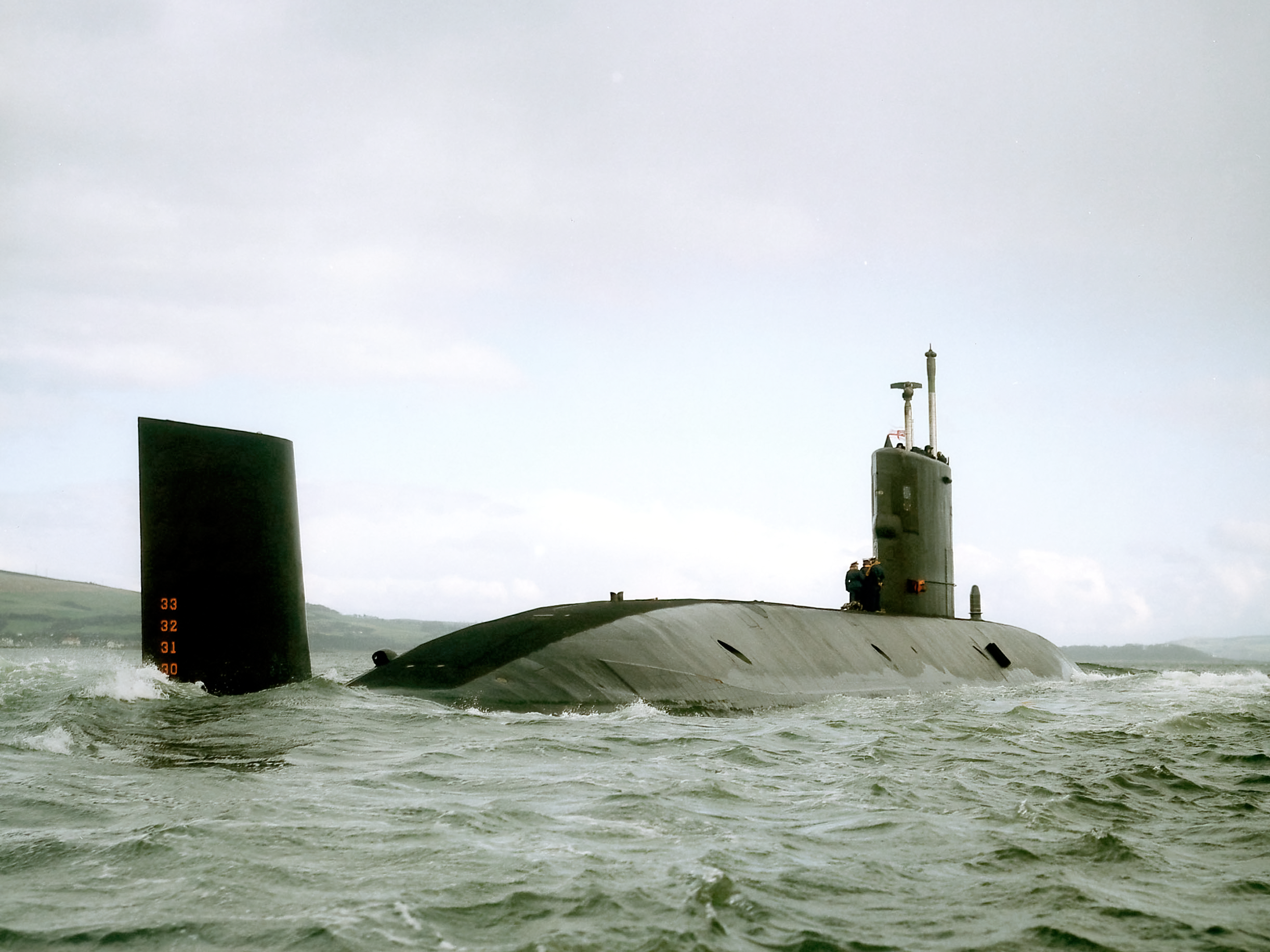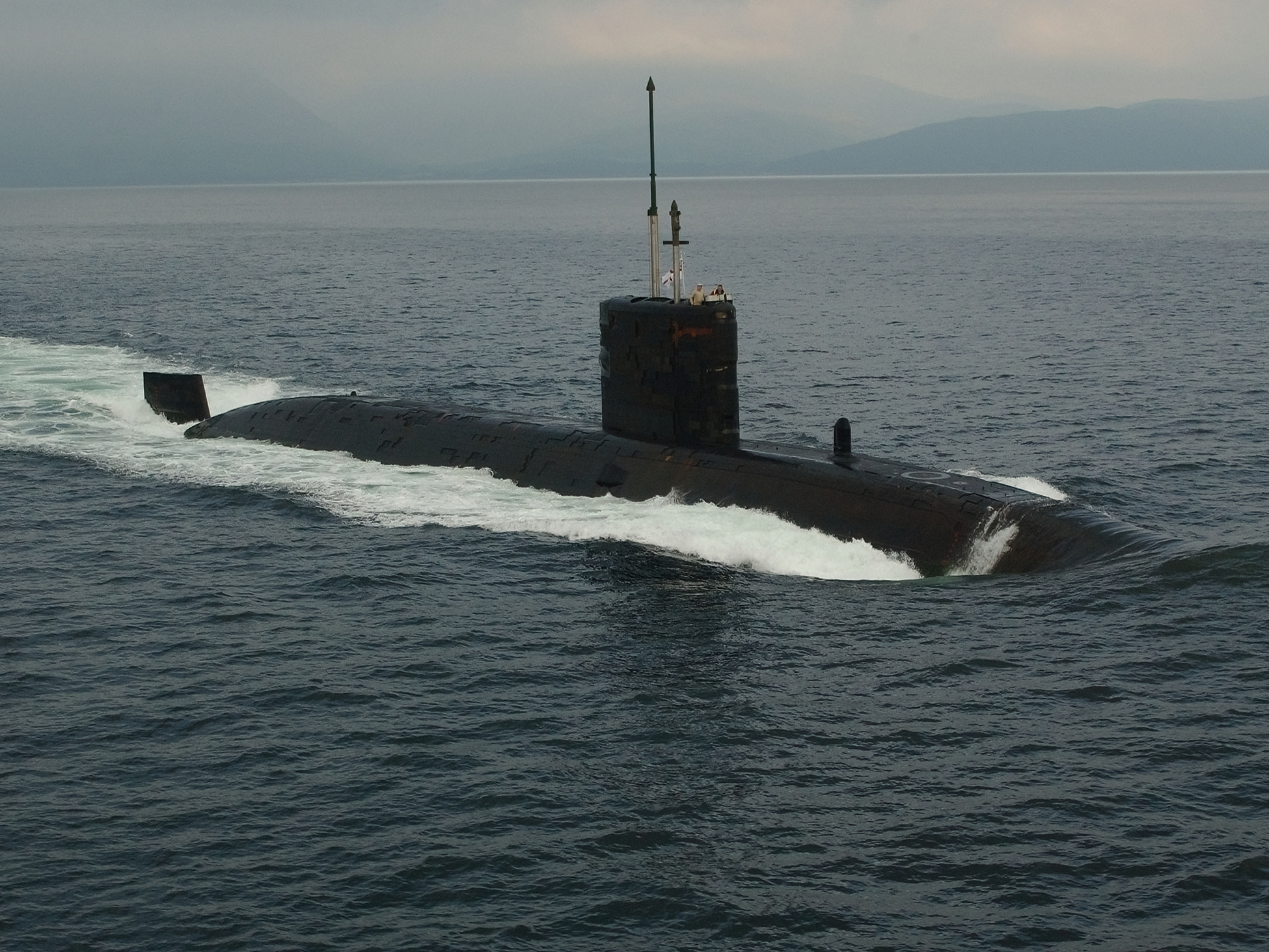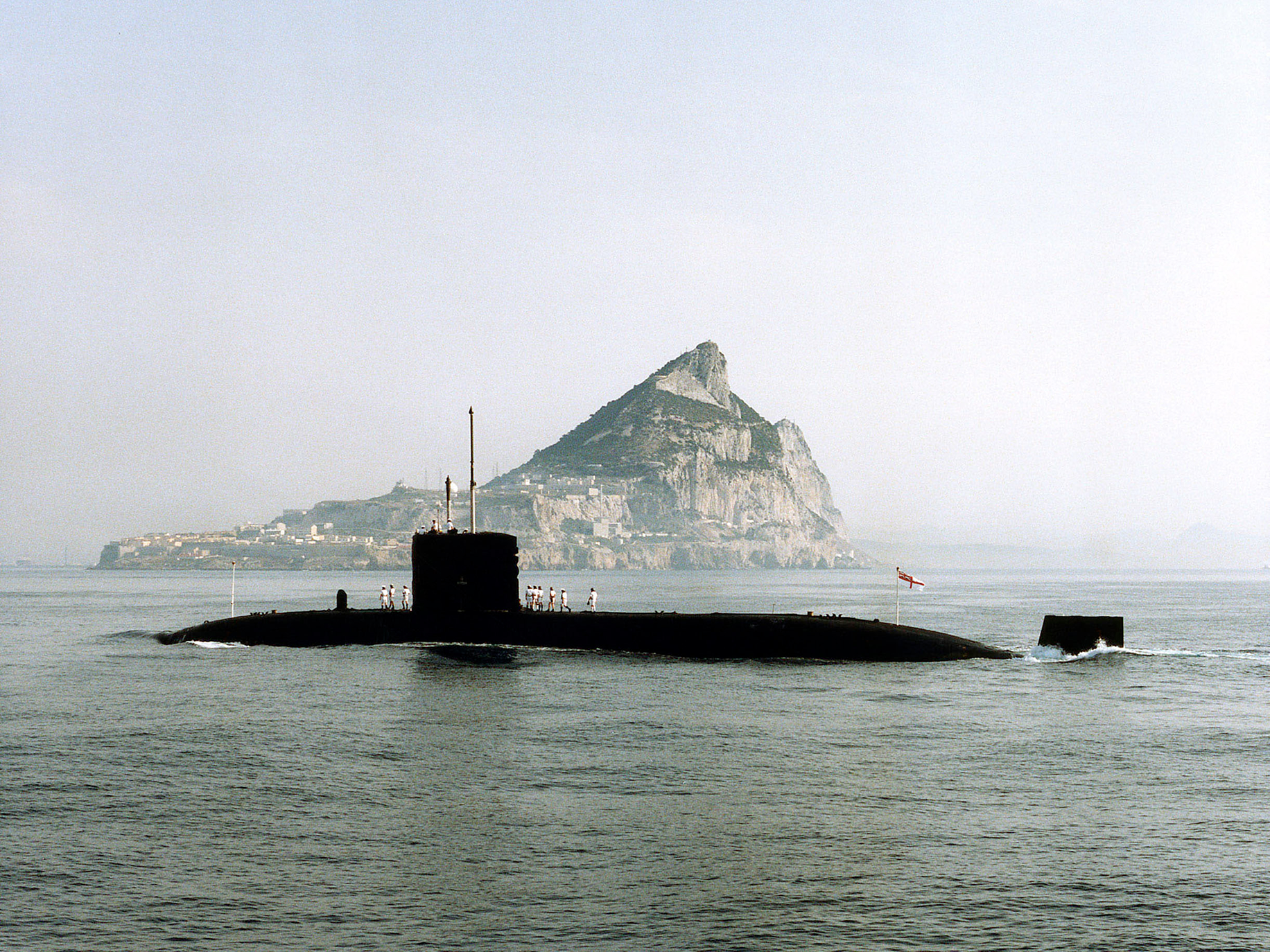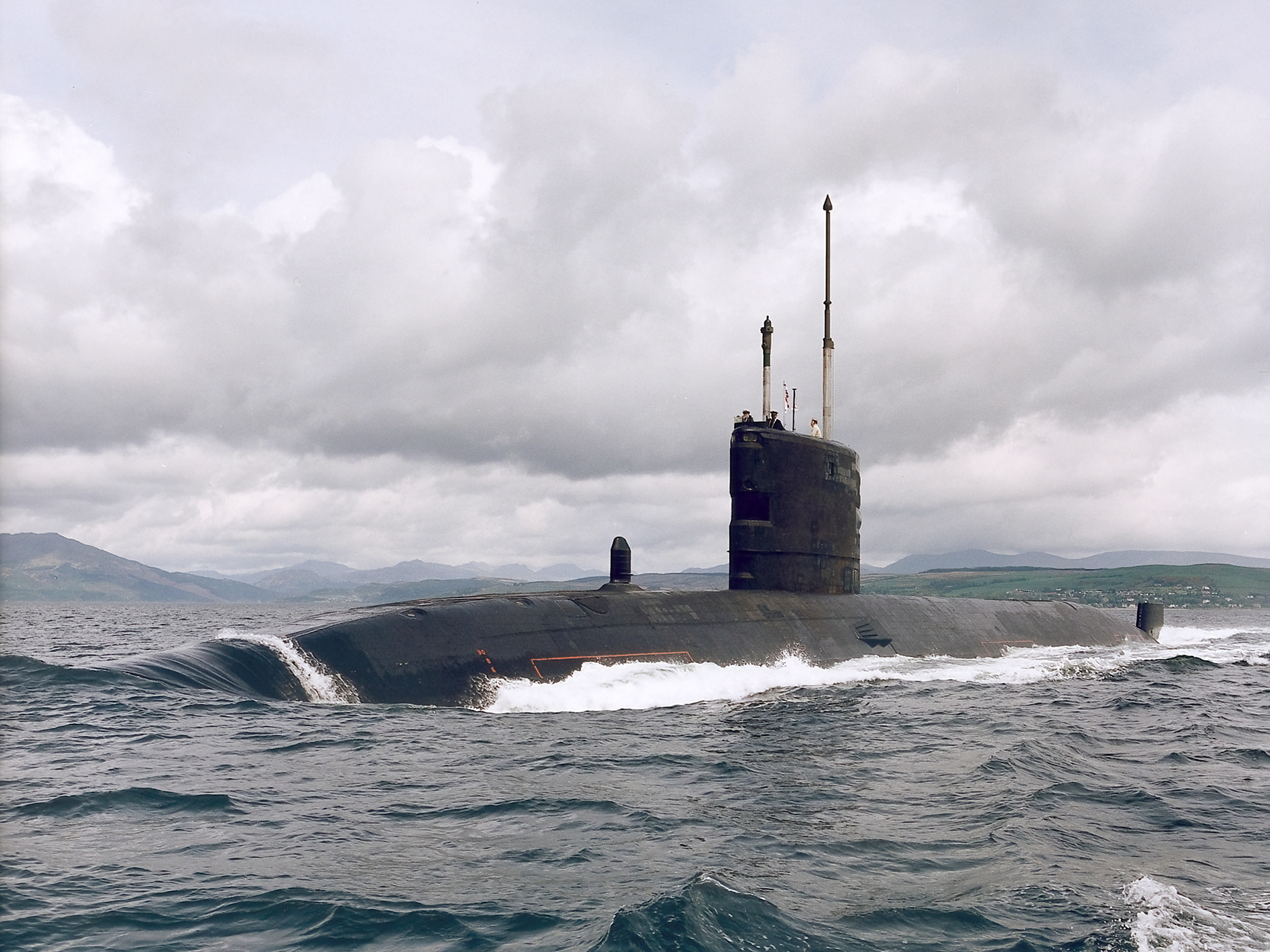Royal Navy Swiftsure Class Submarines: A Comprehensive Guide
Introduction
The Swiftsure class submarines were the first fully British-designed fleet submarines built with nuclear propulsion. Commissioned from the mid-1970s onwards, they were designed for high-speed operations, long endurance, and deep ocean tracking of Soviet submarines during the Cold War. A total of six were built, serving with distinction through the late 20th century before being replaced by the more advanced Trafalgar class.
Origins and Design Development
The Swiftsure class was developed as a successor to the earlier Valiant class and shared many design features while incorporating improvements in stealth, sensors, and hull shape. The focus was on producing a fast, quiet, and deep-diving submarine that could undertake ocean surveillance, escort carrier task groups, and intercept Soviet submarines far from the UK.
The submarines were equipped with a pressurised water reactor (PWR1), which gave them effectively unlimited range except for crew endurance and provisions. With a top speed in excess of 28 knots submerged, they were among the most capable nuclear attack submarines of their generation.
Their hull design was more hydrodynamic than previous boats, and their improved sonar suite allowed them to detect targets at long range. They could also be fitted with Tomahawk land-attack missiles in their later service life.
Boats of the Class
Six submarines were built in the Swiftsure class:
Service and Operations
The Swiftsure class submarines were central to Britain’s undersea defence throughout the Cold War. They frequently operated in the North Atlantic, Arctic, and Mediterranean, shadowing Soviet ballistic missile and attack submarines. Their missions were highly classified, but they were known to track Soviet vessels at close range and test their own acoustic signatures and sonar capabilities.
HMS Spartan and HMS Splendid were fitted with Tomahawk cruise missiles and played front-line roles in later conflicts.
HMS Splendid became the first Royal Navy submarine to fire a Tomahawk missile in combat, launching strikes during Operation Allied Force against Yugoslavia in 1999.
HMS Superb operated in support of British task groups in the Middle East, and was damaged after striking underwater terrain in 2008, ending her service early.
The class also supported Falklands War operations and were involved in covert intelligence missions.
Throughout their service, Swiftsure boats were frequently upgraded with new sonar, weapons systems and combat control equipment to keep them viable against evolving threats.
Design and Technical Features
Displacement: 4,900 tonnes surfaced, 5,300 tonnes submerged
Length: 82.9 metres
Propulsion: PWR1 nuclear reactor, steam turbines, single shaft
Speed: 28+ knots submerged
Test Depth: Over 300 metres
Armament: Up to 20 weapons including Spearfish torpedoes, Sub-Harpoon, and Tomahawk (on later boats) 5 × 21-inch torpedo tubes
Sensors: Type 1006 radar, Type 2046 towed sonar array, Type 2020/2019 sonar
Crew: Approximately 116
Their relatively small size and high speed made them ideal for Atlantic operations, especially in trailing Soviet submarines or protecting nuclear deterrent patrols.
Summary – At a Glance
|
Submarine |
Commissioned |
Notable Service Highlights |
Fate / Status |
|
HMS Swiftsure (S126) |
1973 | First of class, North Atlantic patrols |
Decommissioned 1992 |
|
HMS Sovereign (S108) |
1974 | Cold War surveillance, NATO operations |
Decommissioned 2006 |
|
HMS Superb (S109) |
1976 | Middle East deployments, damaged 2008 |
Decommissioned 2008 |
|
HMS Sceptre (S104) |
1978 | Arctic operations, multiple upgrades |
Decommissioned 2010 |
|
HMS Spartan (S105) |
1979 | Falklands War support, Tomahawk conversion |
Decommissioned 2006 |
|
HMS Splendid (S106) |
1981 | First RN submarine to fire Tomahawk in combat |
Decommissioned 2004 |
Conclusion
The Swiftsure class submarines were the cutting edge of British submarine design in the Cold War era. Built for stealth, speed and endurance, they played a vital but often invisible role in deterring conflict and monitoring potential threats beneath the ocean’s surface. As one of the most capable attack submarine classes of their time, they served as a bridge between the Valiant and Trafalgar classes, and their legacy lives on in the silent traditions of the Royal Navy’s submarine service.





